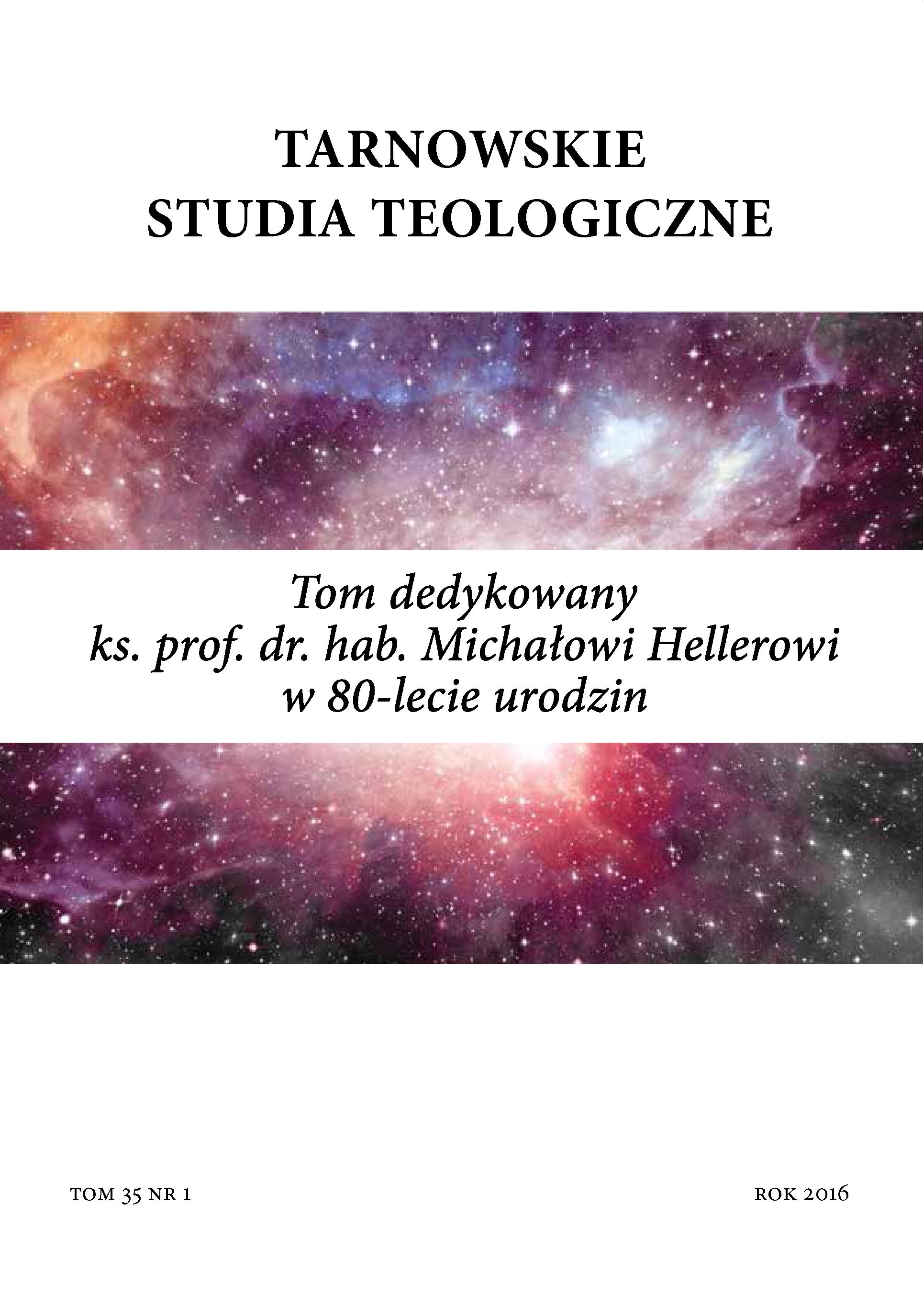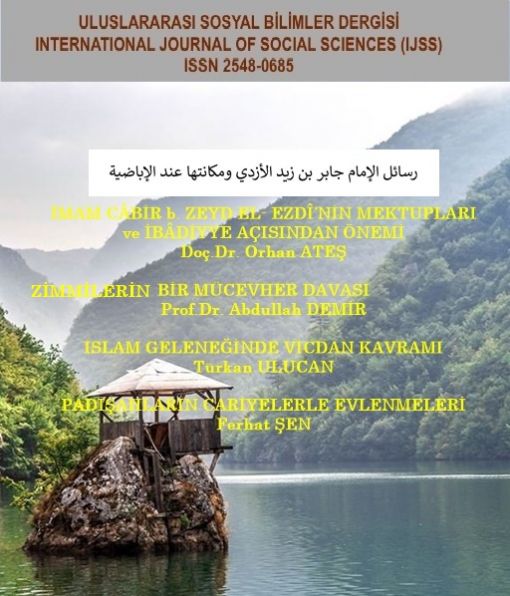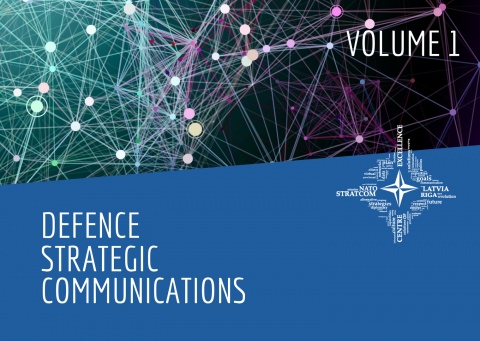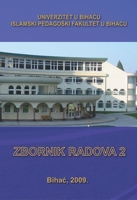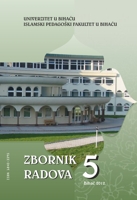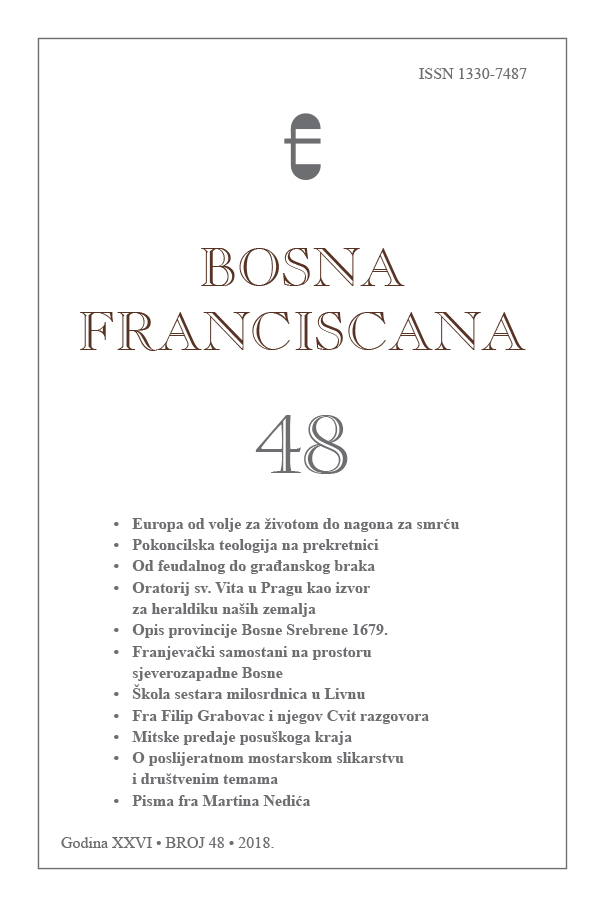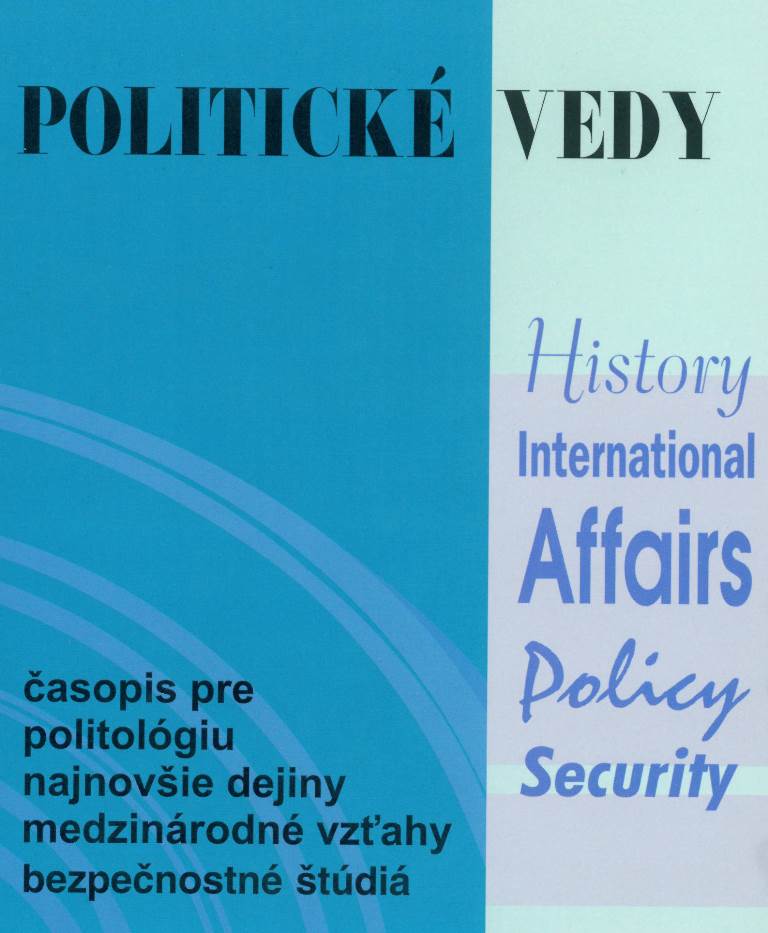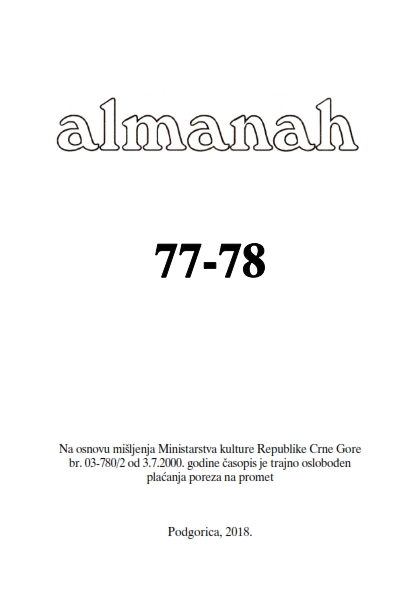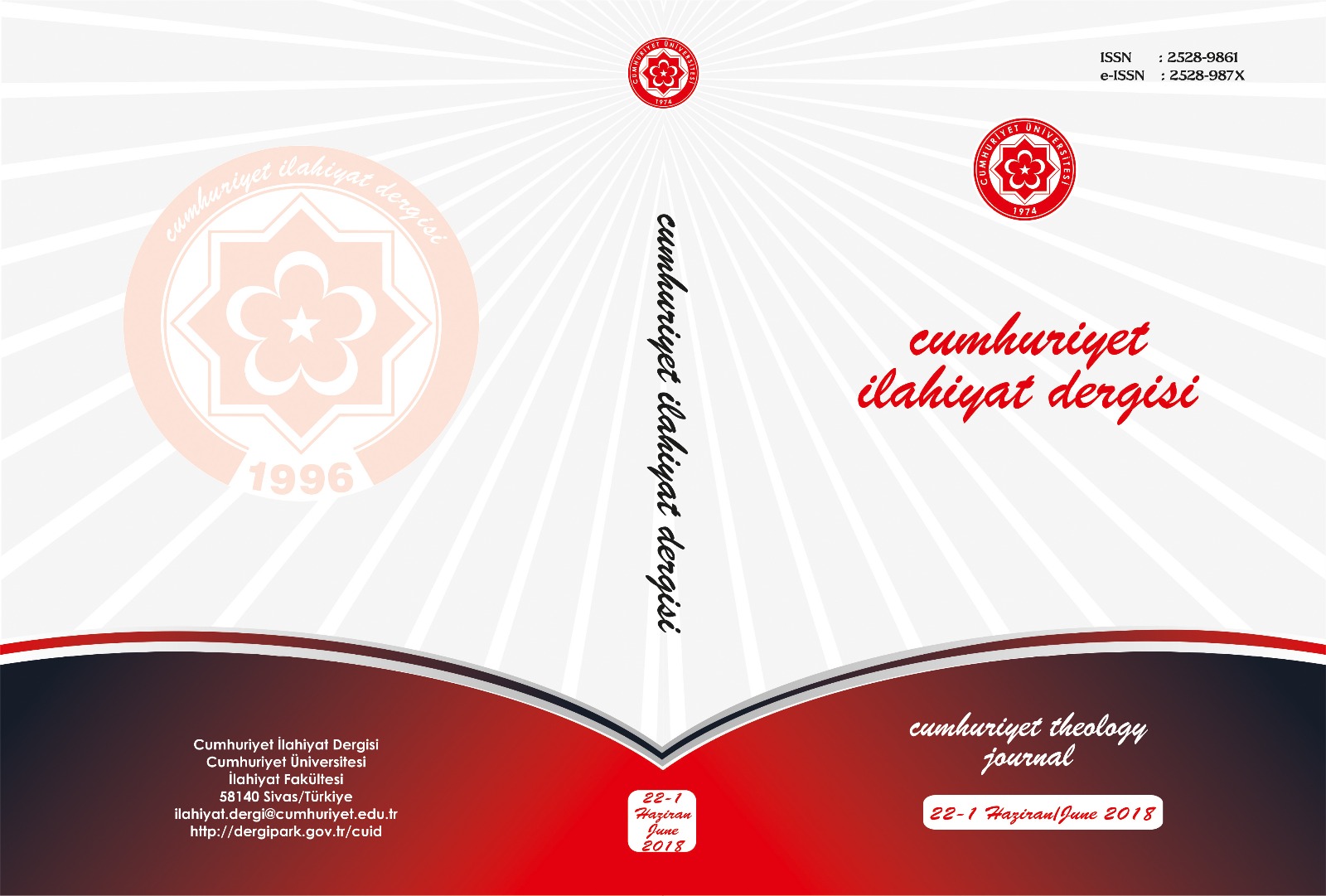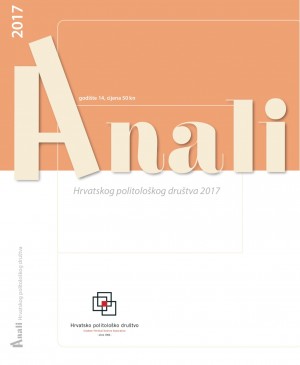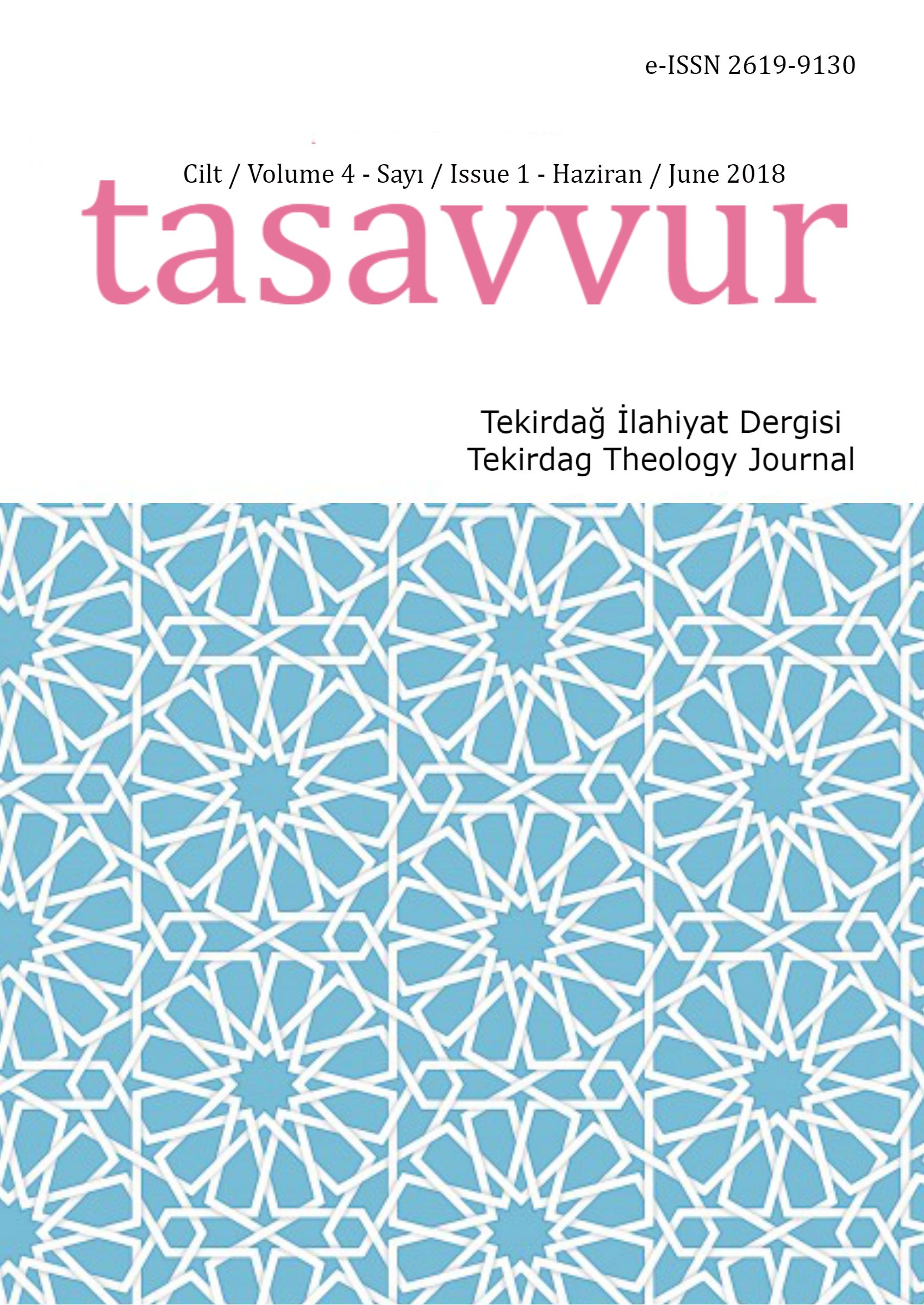Author(s): Harun Işık,Murat Serdar / Language(s): Turkish
Issue: 1/2018
Dede Korkut Stories are a national cultural heritage that narrates about events and challenges of Oghuz Turks in 10th-11th centuries. This period of time is important, as it was the times when Turks became Muslims. In this work, heroism, customs, habits and traditions, socio-cultural and moral life of the Turks before and after becoming Muslims are analysed. One of the topics addressed in this work is religious beliefs and worships of the Turks after became Muslims. In this context, the belief in Allah appears to be the most emphasized type of belief in the stories. The theme of fate, which is included in the subjects of Tawḥīd (oneness of Allāh) is another theme mentioned in the stories. The stories also includes some expressions regarding particularly the Prophet Muḥammad as well as some other prophets. Jibrīl and ʿAzrāʾīl angels are also mentioned. As for the Divine Books, only the Qur’ān is namely addressed and other divine books are not mentioned. The beliefs regarding afterlife, such as death, resurrection, heaven, hell, pool of al-Kawthar (abundance) are also referred to in the stories. The Book of Dede Korkut is not a didactic work written to teach Islam. On the contrary, in the stories, Islam is discussed as an element of the spirit/essence of individual and society. The aim of this study is to investigate the representations of the beliefs of tawḥīd, prophecy and hereafter of the Turks, especially the Oghuz Turks with reference to narrations in Dede Korkut stories. It aims to discuss them in the context of six pillars of faith and evaluate from the Islamic belief point of view.Summary: The Book of Dede Korkut consists of twelve epic stories created within the oral tradition of Turkish Folk Literature. It is said that the origins of these stories, which are one of the oldest works of Turkish Folk Literature, went as far as 7th century. It is generally accepted that the Book of Dede Korkut, which narrates about Oghuz Turks who lived in 10th-11th centuries was transferred to writing after 15th century. There is no information found about writer/s of the Book. Dede Korkut, who considered being the narrator of the stories, is in fact a character in the stories. Dede Korkut plays qobuz, reads poetry, names children, mediates in marital affairs, resolves disputes, and leads religious rituals in the stories. Therefore, he stands out as a saint figure and considered to be wise man of the Oghuz Turks in almost every story, especially regarding social events. In this work, there are many expressions about heroism, customs, habits and traditions, socio-cultural and moral experiences of the Turks before and after becoming Muslims. The stories bear many traces from the earlier Turkish beliefs. However, these are not the issues of this study. The dates of the emergence of the stories, 10th and 11th centuries, coincides with the times when the Turks became Muslim. This situation makes the stories more important as they include rich narratives about the fundamental beliefs of Islam. Especially the belief in Allāh, which is one of the six pillars of faith, appears to be the most emphasized in the stories. In these stories, Turkish and Persian names of Allāh as well as His Arabic names and attributes are mentioned directly or indirectly.The belief in predestination and casualty related with Allāh's eternal knowledge and determination is another faith object that takes place in the stories. The issues regarding the predestination discussed in the stories as follows: the deeds occur with the wish of Allāh; Allāh decides whether the child male or female; Allāh predestines human lifetime, livelihood, time of death and calamities.There are also narrations about the belief in the prophets in the stories. Particularly the Prophet Muhammad's prophecy is prioritised. Adam, Noah, Abraham, and Moses are the other prophets mentioned in the stories. The successive authority of Adam and His story with Iblīs; the wife and donkey of Noah, not burning of Abraham when he was thrown into the fire, the speaking of Allāh with Moses and the staff of Moses are some of the expressions related with prophecy in the stories. Nimrod against Abraham and Pharaoh against Moses are described as negative personalities in the stories. In the stories, the Prophet Muhammad (pbuh) is handled in a position that intercession is demanded from Him. Greetings and prayers are read for Him. His intercession is sought for forgiveness of sins and acceptance of prayers. He is exalted with some attributions, such as the holly Prophet Peace be upon Him, friend of Allāh, the leader of religion and the headman of religion. When the Prophet Muhammad is mentioned, it is felt that there is a high respect and an enthusiastic love. When he is addressed, the expressions indicating respect and affection, such as "His name is magnificent Muhammad" and "His name is magnificent Muhammad Mustafa" are used in the stories.In the stories, only the Qur’ān is mentioned among the divine books, none of the Torah, the Zabūr and the Injīl is mentioned. It is referred that the Qur’ān descended from the heavens and it is the word of Allāh and His knowledge, and it was copied (collected) by Uthman. It is described as "Magnificent Qur’ān".It is seen in the stories that there is also a place for the belief in angels and only two of the four great angels are mentioned. One of them is ʿAzrāʾīl, the death angel. It is one of the main heroes in the story of Deli Dumrul. ʿAzrāʾīl is described as an angel from the sky, who has red-winged, who takes the souls of living beings by the command of Allāh and kill them. It is also narrated that ʿAzrāʾīl takes the form of human and pigeon, and the struggle of ʿAzrāʾīl with Deli Dumrul. The other great angel mentioned in the stories is Jibrīl. In the story of Emre, the Son of Begil, it is described as an angel fulfilling the commandments of Allāh. Apart from these, there is no information about other angels and their characteristics, such as not being gendered, not to sin, and being created from light. Within the scope of invisible beings, the Devil is also narrated in the stories as it did not prostrate itself to Adam, and therefore it was repelled and cursed.The principle of the belief in Hereafter, which is one of the pillars of faith, is also dealt with in the stories. The ending, death, resurrection, reckoning, Heaven, Hell, seeing Allāh's face in Heaven, drinking water from the pool of al-Kawthar are some of the topics addressed in relation to this principle. While talking about Heaven in the stories, the words "Uçmak" (flight) in Turkish and "Behesht" (paradise) in Persian are mentioned in addition to Arabic "Jannah" (heaven).The Book of Dede Korkut is not a religious book written to teach the ʿaqāʾid (beliefs) of Islam or its practices. On the contrary, it is a work that narrates about people’s lives and social experiences. There is neither any specific verse from the Qur’ān nor sayings or the deeds of the Prophet (ḥadīth) included in the stories. However, the contents of many issues stated in the Qur’ān and ḥadīth are expressed in the stories. For instance, the statements from the surah (chapter) al-Ikhlāṣ (sincerity), such as al-Aḥad (the one), Allāh begets not, nor was He begotten, and not being any equivalent to Him are mentioned in the stories. Likewise, not burning of the Prophet Abraham when thrown into the fire, speaking of Allāh with Moses and giving the stuff to him as a miracle are also stated in the Qur’ān. As for the pool of al-Kawthar, the believers’ seeing Allāh in Heaven, ineffectiveness of the deeds without saying in the name of Allah are mentioned in ḥadīths. However, some information that is not rooted in the Qur’ān and ḥadīths, such as the stinging of Nimrod's arrow is also encountered in the stories. Based on the narrations in the stories, it seems possible to draw the conclusion that the Oghuz Turks mentioned in the Book of Dede Korkut adopted Ahl al-Sunnah (people of Sunnah) interpretation of Islam. However, it should be reminded that this implication will lose its meaning if it is proved that the original versions of the stories were redesigned according to the interpretation of Ahl al-Sunnah in the process of transferring them into writing.
More...
